OFweek smart home network communications smart home concept proposed for more than 10 years, different major brands of home appliances can virtually no real case of interoperability, in the Chinese local market among several major brands, this possibility seems Not too big. Recently, South Korea’s Samsung Electronics and LG claimed to have joined the open IoT standard organization OCF, and the two companies’ upcoming smart home appliances can be interconnected. South Korea's home appliance alliance, China's home appliance brand although smelling a hint of dangerous taste, but from the current situation, China's home appliance brand direct interconnection is still difficult. The reason is that the situation in the Chinese market is more complicated and the interconnection between brands has a long way to go.
Appliance manufacturers are difficult to interconnect
It is understood that OCF is an international standardization organization and is committed to building IoT solutions and seamlessly connected IoT devices to unify IoT standards. At present, the number of members of the organization is close to 300, including global companies such as Samsung Electronics, LG Electronics, Intel, Microsoft, Qualcomm and Electrolux. Mei Hai and Haier are also members of the coalition.

According to sources, Samsung and LG’s IoT devices and connection standards have been certified by OCF. Samsung’s high-end refrigerators and air conditioners are certified by OCF, and a smart refrigerator developed by LG is currently preparing to pass OCF certification. The upcoming smart home appliances of Samsung and LG can be interconnected, and consumers can control and operate another product through any product. However, at present, the two products that are circulated in the market are still not interconnected.
The people in the industry are cautiously optimistic about this news. A person in charge of Midea Group Smart Home told the reporter that if Samsung and LG do interconnect their smart home appliances as they say in the near future, it is indeed a good thing for the global home appliance industry.
Looking back at the progress of smart homes in China. Haier, Midea, Xiaomi, Changhong, TCL, Konka and other companies have in-depth development and market actions in smart appliances. Haier built a smart home system that includes ice-washed air-conditioner and home appliances, such as ice-washed air-conditioner and home appliances, U.S. open its own M-Smart smart home platform, and Xiaomi proposes itself. SmartHome concept, black power companies such as Changhong, TCL, and Skyworth are centered on smart TVs, connecting air conditioners, refrigerators, and air purifiers to build their own smart home systems.
These giants, without exception, chose a smart home centered around a home appliance to connect their own category of home appliances. Smart appliances of the same brand can be interconnected and interoperable. Different brands of smart appliances are still independent individuals.
According to industry sources, most smart home appliances at this stage only use the WiFi communication module to achieve networked control. To operate a smart appliance, one APP needs to be downloaded. A dozen or more home appliances require more than ten APPs, and the user experience is not good. The real smart home should be automatically perceived, adjusted, and operated according to people's living habits. It needs to follow a standard and put all information into a unified large platform. However, at present, there are several standards for wireless connectivity between different devices, and there are technically inconsistent problems. Even more difficult is that different brands also have the idea of ​​being unwilling to open up the Internet.
"So, you will see that as a concept that has been proposed for more than ten years, there is not much difference with the previous one. Vendors want to be able to develop along their own product lines, resulting in closed systems, data is not interoperable, and any one vendor also Can not do to allow consumers to purchase their full set of smart appliances, which will affect the overall development of smart home.†Ao Wei Yun network vice president Dong Min told reporters.
Indiscriminate interconnection of products is of little significance
The difficulty in interconnecting products between home appliance manufacturers is mainly due to their competing relationships. For Samsung and LG products will soon be interconnected news, Analysys International senior analyst Yang Fan interviewed reporters that Samsung and LG this form is greater than the significance. Samsung and LG are all in competition. The two sides form an alliance through the OCF on the smart interconnection. The ties between them are not strong, and the interconnection effect will not be too good.
Similarly, the competitive attributes of Chinese home appliance manufacturers also determine that they are unlikely to be connected. Wang Hongji, a research manager in China's Yikang White Power Division, told reporters that companies have their own customers' data and resources and are reluctant to communicate with each other. On the one hand, manufacturers have their own IoT platform. On the other hand, for consumers, the interconnection of different brands of home appliances accounts for a relatively small proportion in their purchasing decision factors, and does not constitute an absolute factor. Therefore, manufacturers also There is no incentive to push interconnection.
Yang Fan believes that it is not a difficult problem for the foundation of network communication and standard technologies to connect and interoperate between smart appliances. Most home appliance manufacturers, chip vendors, and communication vendors have joined international standards organizations. The standard unity can be solved technically. After all, companies compete on products and join a standard organization or a coalition. At most, communication interfaces use a unified protocol and a unified architecture, but core customer resources and data are not shared.
Although smart systems between manufacturers cannot be opened up, major manufacturers are vigorously developing and promoting their own smart home systems. According to the person in charge of smart homes in the United States, the vast majority of home appliance companies recognize the general trend of the Internet of Things. Under this premise, all products need to be networked. Now companies find that networked products can bring benefits to enterprises: After networking, users who use products truly become users of the enterprise. Companies understand the needs of users and maintain direct communication with users, which may lead to secondary sales. In addition to the data and operating status of all equipment operations, home appliance manufacturers can master, can improve the equipment, and iterate the product, which is the real benefits of home appliances to the Internet.
"Therefore, Chinese companies do not necessarily have to refer to the models of Samsung and LG, because no matter how they are united, there is still infighting between the products. There is no need to evade it," Yang Fan said.
E-commerce or new smart home
It is worth noting that channel vendors such as JD.com and Alibaba are deeply involved in wading and pushing forward the development of smart homes. For example, the smart refrigerator, which was launched three years ago by Jingdong in the high-profile launch of Midea, was a major milestone in its smart home appliances. Another example is Alibaba and Haier's in-depth cooperation with smart TVs, and they also jointly developed "OS Zhizhi" smart refrigerators with Midea last year.

Before JD.com launched a smart refrigerator that cooperated with Midea this year, Alibaba has already made smart refrigerators with several major branded home appliance manufacturers, as well as several smart TV manufacturers. Whether it is a smart TV or a smart refrigerator, it does not really mean how high-end the product is, but the ecological layout behind it.
Wang Hongji told reporters that channel providers have plenty of reasons to push smart home platforms. On the one hand, through the Internet of Things platform, e-commerce companies interconnect different brands of home appliances and obtain real-time data from consumers. These data constitute user portraits and machine portraits, which are valuable assets for e-commerce companies. On the other hand, e-commerce not only hopes to attract users to purchase home appliances through the smart home platform, but also hopes to sell more products such as fresh food, daily necessities, and entertainment digital products through smart home appliances.
Therefore, the smart home platform of the Internet e-commerce is not simply a smart home appliance interconnection, but it is the sale of other products of the e-commerce platform through smart appliances. For the latter, e-commerce placed greater expectations.
Wang Hongji analyzed with reporters that the smart appliances selected by e-commerce were content-based appliances, such as televisions, with digital entertainment content behind them, sales of smart TVs, which could drive e-commerce sales of digital entertainment products; another example was refrigerators, ingredients, and sales intelligence. In the refrigerator, users are expected to purchase fresh products from their own platforms. The profit that e-commerce sees is not only the profit of smart appliances, but also the profit from continuous purchases such as digital entertainment and fresh products. It is not hard to understand why the e-commerce company has completed the digital entertainment and fresh food industry chain in its own layout and has only begun to push smart home after completing its homework.
For example, the smart refrigerator that Jingdong launched this year is not in the smart refrigerator itself, but in the refrigerator's fresh products, and brings Jingdong Fresh, Jingdong Supermarket, Jingdong Home and other commercial systems and services to the Chinese family's kitchen.
It is safe to say that channel providers have done a smart home platform and injected greater driving force into the industry. Dong Min believes that the participation of channel distributors or system vendors may force home appliance manufacturers to further open their existing closed platforms. Wang Hongji pointed out that since home appliance manufacturers cannot become smart home platforms themselves, they can only solve the interconnection problems by third parties that are closely related to the home appliance industry. For now, e-commerce is more likely to become a third party to promote home appliances. If it is a third party that is not related to the household appliance industry, due to the lack of industry experience and resources, it is difficult to connect different brands of home appliances.
As to whether e-commerce can be used as a smart home platform, it needs to be viewed in the light of development. Wang Hongji believes that in the past few years, e-commerce researched and developed the Internet of Things platform. The strategy is to bring in large and small home appliances. Today, consumers do not pay for this approach. After several years of market tests, global smart appliances have proved that consumer demand is not so strong, so e-commerce has a much smaller incentive. The e-commerce strategy has now been adjusted to selectively connect content-enabled appliances, such as refrigerators and televisions, to find sustainable business models for all interested parties.
GreenTouch's self-developed open frame and desktop touch all-in-one computers can support Windows, Linux, and Android operating systems, with excellent functionality and flexibility, and provide you with reliable industrial or commercial-level solutions for your industry. Automated system integration realizes simple human-computer interaction or seamlessly connects your customers from mobile devices to in-store interactive experiences. They adopts modular design, versatile and powerful, and can be used in public environments such as in-store human-computer interaction, operating system cashiers, self-service, hotel services, and corporate office. they have a wide range of uses, provides a variety of sizes and configuration options, and has cross-environmental use the versatility, sturdiness and durability, can meet the needs of continuous public use.
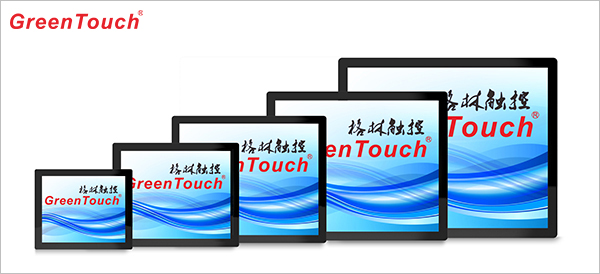
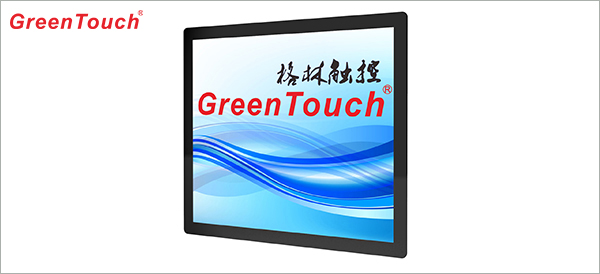
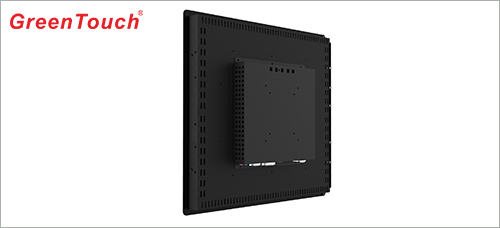
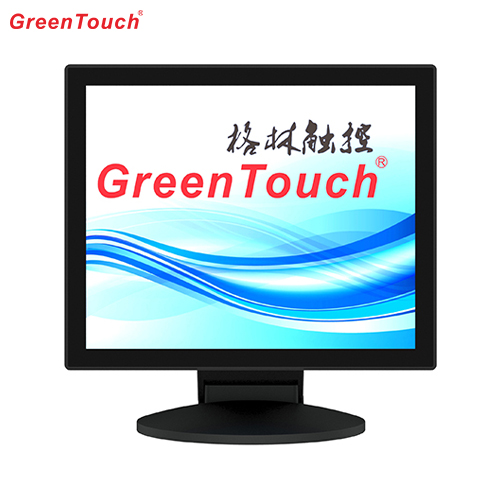
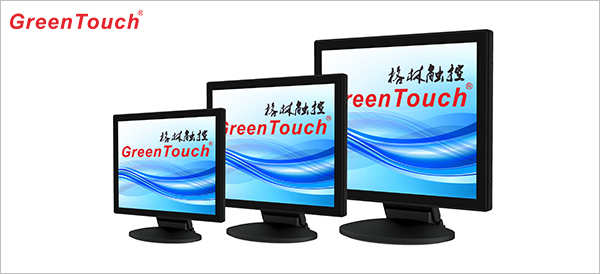
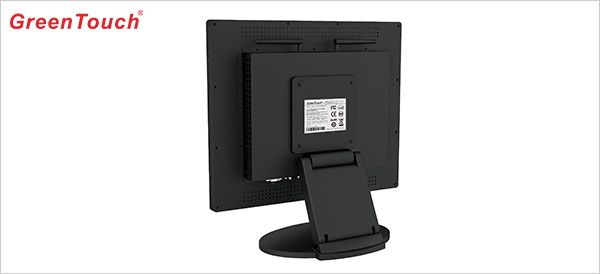
Touch All In One PC,Touch Computer, Touch All In One Computer,Touch All-in-one PC,Touch Screen Computer,Touchscreen Computer Display
ShenZhen GreenTouch Technology Co.,Ltd , https://www.bbstouch.com